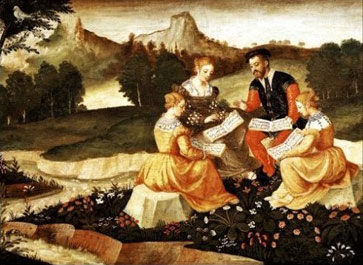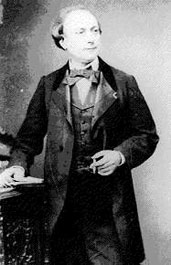

Mistaken origins.
Prior to the 20th century, the complex 19-line villanelle form was rather obscure and subject to considerable misconceptions about its origin. Past scholars mistakenly cited the Italian villanella (country song) as the inception of villanelle. In truth, during the height of villanella popularity during the Renaissance, the term simply described Italian and Spanish folk songs with country or rustic themes and accompanying dances. Scholars now agree that only one true villanelle was written during the Renaissance: a poem by the same title, penned by Frenchman Jean Passerat.

Out of obscurity.
Because of the form’s complexity, the villanelle languished until 19th century author Theodore de Banville popularized the form. Once the flourishing poetry scene became aware of the villanelle, followers lined up to tackle the form and, in the process, created some of our finest English-language works. James Joyce even threw a villanelle into the text of his masterpiece, Portrait of An Artist As A Young Man. After a brief lull in the 1920s, William Empson revived the form in the 1930s, beginning the arc of its current popularity. An even more intricate expression is terzanella, which combines villanelle with the rhythm structure of terza rima.

Exquisite torture.
The villanelle has been described by one anthology as "exquisite torture, wrapped into 19 lines." It’s easy to see why poets became obsessed with the form: a villanelle combines repeating refrain lines, rhyme and cross-rhyme schemes that can boggle the mind but also produce beautiful works. The 19 lines break down to five tercets and a closing quatrain. The first three lines of the poem serve as the driving force, with the first and third lines serving as alternate refrains to close the other four tercets. The two refrains join to finish the poem as a couplet. The final line of each tercet also rhymes with the first line of the following stanza, forming a repetitive rhyme. Villanelles can employ from six to 11 syllables per line; most modern villanelles run from eight to 11 syllables per line, carrying three to five measured beats.

